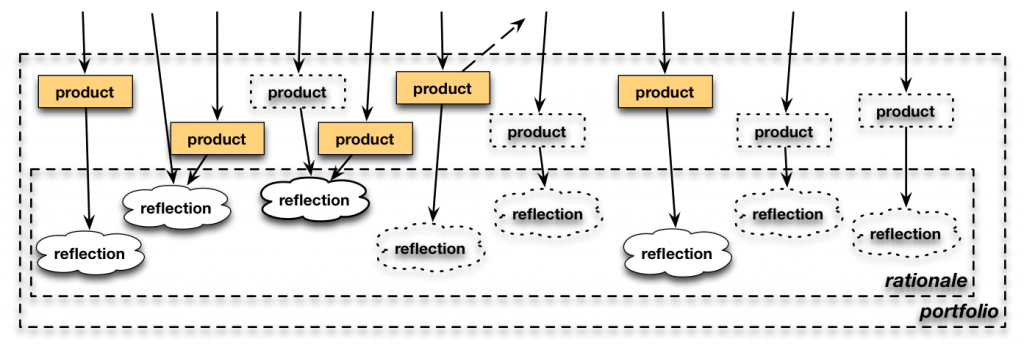I’m a real fan of styles, ala Microsoft Word. If you don’t get this concept, I wish you would. Let me explain.
The concept is fairly simple. Instead of hand-formatting a document by manually adding in bold, font sizes, italics, indents, extra paragraph returns, you define a paragraph as a ‘style’. That is, you say this paragraph is a heading 1, that paragraph is normal or body text, this other one is a figure, etc. Then you define what a heading one looks like: bold, font size 14, with space before of 6 pts, and space after of 6 pts, etc.
Why use styles? Several reasons. First, I can then use the outline feature to organize my writing, and then automatically have the right headings. Second, if I add in content, I don’t have to hand-reformat the way returns have been used to force page breaks (really). Third, and most importantly, if someone wants there to be a different look and feel to the document, I just change the definition of styles, I don’t have to manually reformat the document.
If you use styles correctly, the document automatically handles things like page breaks and formatting, so the document looks great no matter how you change and edit it. Which is why, when someone sends me a document to edit that is hand formatted, I’ll often redo the whole (darn) thing in styles, just to make my life easier. And grumble, with less than complimentary thoughts about the author.
Now, styles are not just in Microsoft Word, they’re in Pages, Powerpoint, Keynote, and other places where you end up having repeated formats. They may have a different title, but the idea plays a role in templates, or themes, or masters, or other terms, but the concept is about separating out what it says from how it looks, and having the description of how it looks separately editable from what it says. It’s the point behind CSS and XML, but it manifests increasingly in smart content.
And I admit, I’m really good with styles in Word, I’m pretty good in Pages, and still wrestle with Keynote, and I don’t know about other tools like Excel, but I reckon the concept is important enough that it should start showing up everywhere.
Please, please, use styles. At least in anything you send to me ;).





